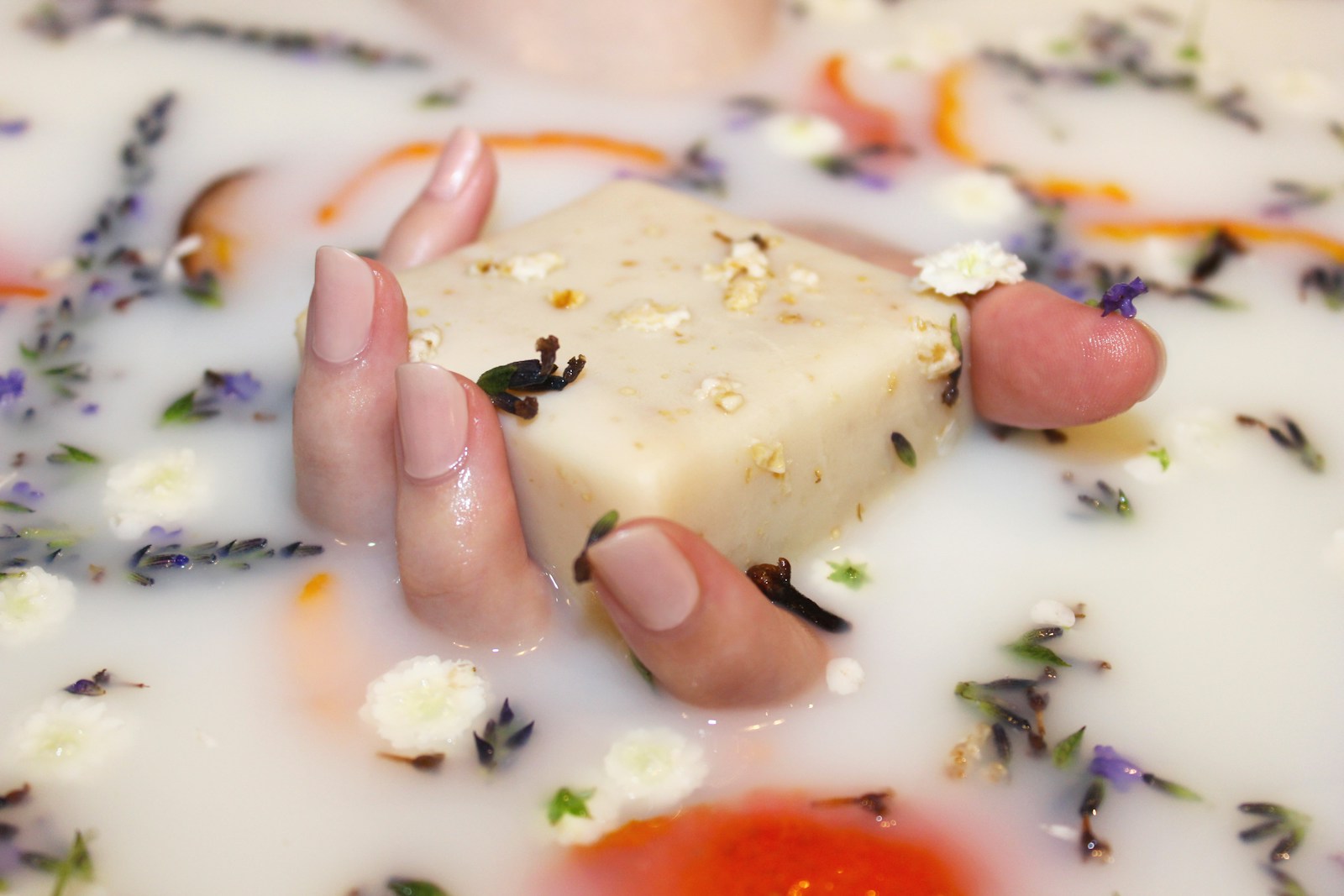Soap making has become an increasingly popular hobby for many people looking to create their own personalized skincare products. Making soap at home allows you to control the ingredients used, customize scents, and create unique designs. Whether you are a seasoned soap maker or just starting out, there are endless possibilities when it comes to creating stunning homemade soap recipes.
When it comes to making soap, there are a few key tips and guides to keep in mind. First and foremost, safety is paramount when working with lye, a key ingredient in soap making. Always wear protective gear such as gloves and goggles when handling lye to prevent any accidents. Additionally, ensure you are working in a well-ventilated area to avoid inhaling any fumes.
Another important aspect of soap making is choosing the right oils and fats to create a nourishing and moisturizing soap. Some popular options include coconut oil, olive oil, and shea butter, each offering unique benefits for the skin. Experimenting with different combinations of oils can help you create a soap that suits your skin type and preferences.
Adding scents to your homemade soap is a fun way to customize your creations. Essential oils are a popular choice for adding fragrance to soap, as they are natural and come in a wide variety of scents. From calming lavender to invigorating peppermint, there are endless options to choose from when creating scented soap. Be sure to research the usage rates for each essential oil to ensure you are adding the right amount for a pleasant scent without causing any skin irritation.
Creating visually stunning soap designs is another exciting aspect of soap making. Techniques such as swirls, layers, and embeds can add a touch of artistry to your creations. Experimenting with different colors, textures, and shapes can help you achieve unique and eye-catching soap designs. Remember to work quickly when incorporating these design elements, as soap can harden fast once mixed with lye.
One popular technique for creating visually appealing soap is the use of natural additives such as herbs, spices, and clays. These additives not only add color and texture to your soap but also offer additional skincare benefits. For example, adding ground oatmeal can provide gentle exfoliation, while bentonite clay can help draw out impurities from the skin. Get creative with your choice of additives to create one-of-a-kind soap recipes.
In conclusion, making soap at home is a rewarding and creative endeavor that allows you to craft personalized skincare products tailored to your preferences. By following the tips and guides mentioned above, you can create stunning homemade soap recipes that are both nourishing for the skin and visually appealing. Whether you are looking to make a simple unscented soap or an elaborate scented masterpiece, the possibilities are endless in the world of soap making. Experiment, have fun, and enjoy the process of creating your very own handmade soaps.




